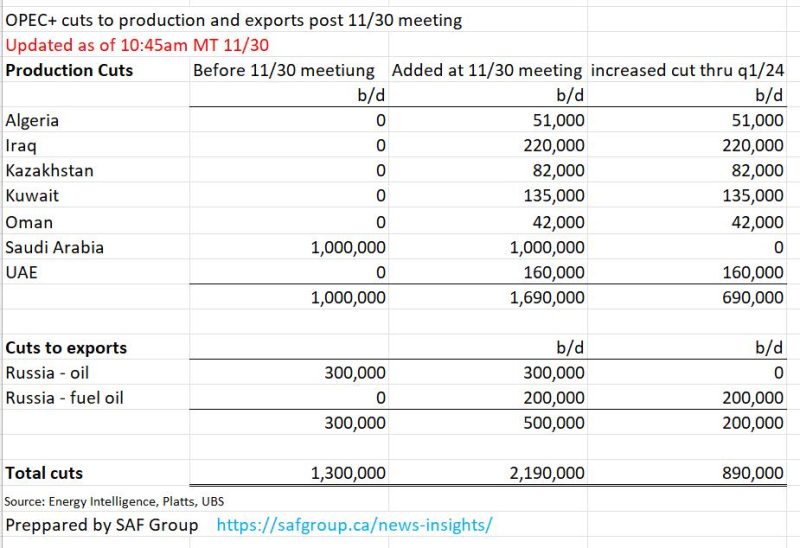The Organization of the Petroleum Exporting Countries (OPEC), a cartel of oil-producing nations, recently discussed oil production cuts and the possibility of reinstating an emergency meeting. The aim of the cuts is to reduce global oversupply and stabilize oil prices. However, these potential cuts have led to much skepticism in the commodities market, as some experts question the effectiveness of the cuts and the motives behind them.
The current global economic downturn has caused a drastic collapse in oil demand due to a notable slowdown in global growth. As a result, oil supply has vastly exceeded demand, leading to a significant drop in oil prices. OPEC is now considering reducing output levels in an effort to increase oil prices in the global market.
The proposed cuts have been met with some degree of skepticism in the market. Analysts point out that the organization’s past attempts at reducing production have been met with little success. They also point out that the production cuts will have little to no effect on prices if combined with the current rise in US shale production. Furthermore, certain experts have even argued that the OPEC cuts could be interpreted as an effort by the cartel to maximize profits.
Additionally, other analysts point to the lack of details in the proposed OPEC plan. While the organization has indicated that it plans to reduce output in some capacity, it has yet to provide specific details regarding the quantity of oil that will be taken offline and, more importantly, how it’s going to ensure that each member complies with the cuts.
Given all of the uncertainties, many market participants are adopting a wait-and-see approach towards the OPEC production cuts. Though the proposed cuts may stabilize prices in the short-term, they may not be sufficient in driving prices up in the long run. In the end, the market may have to look at other solutions, such as increased shale production, in order to bring increased stability to the global oil market.

